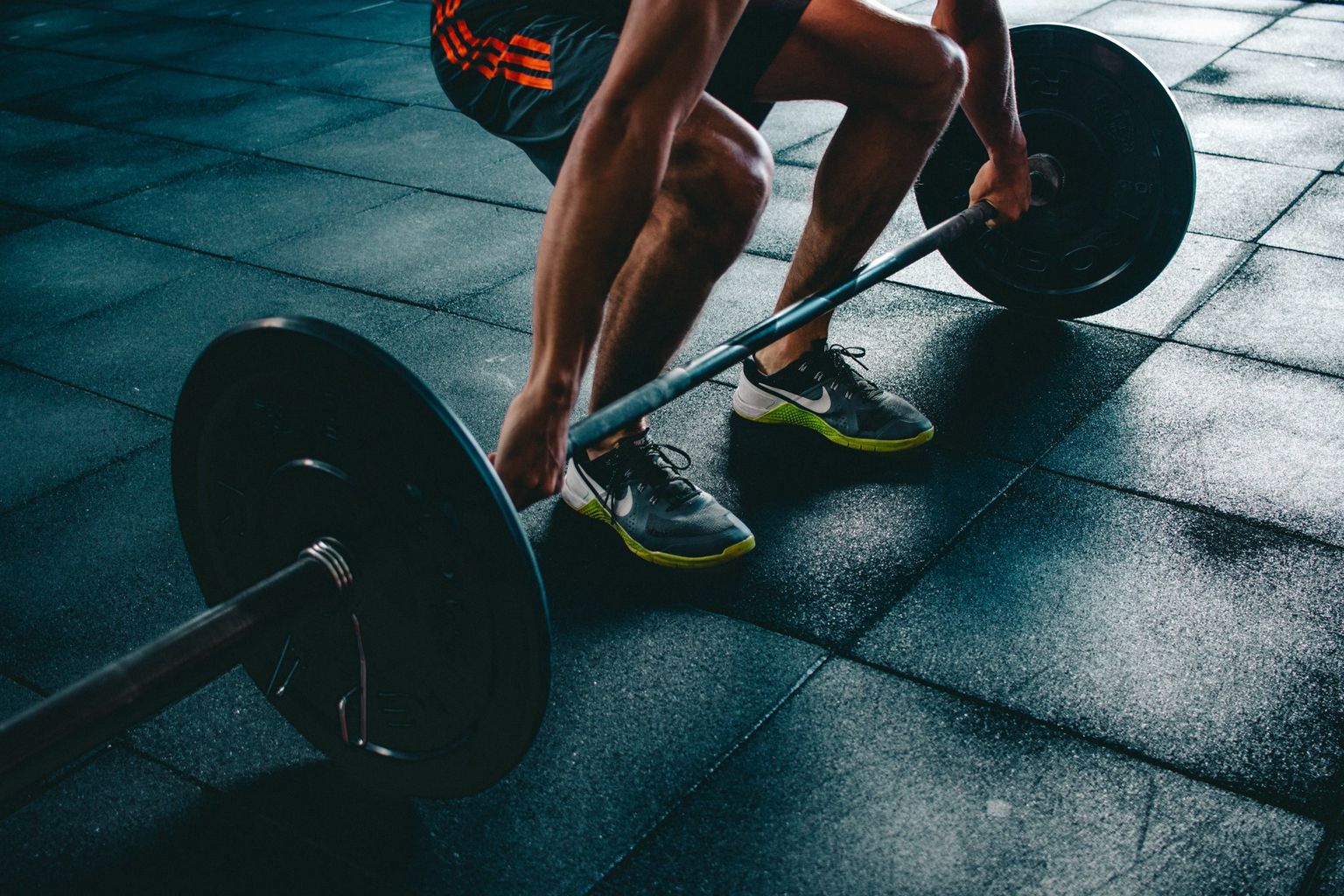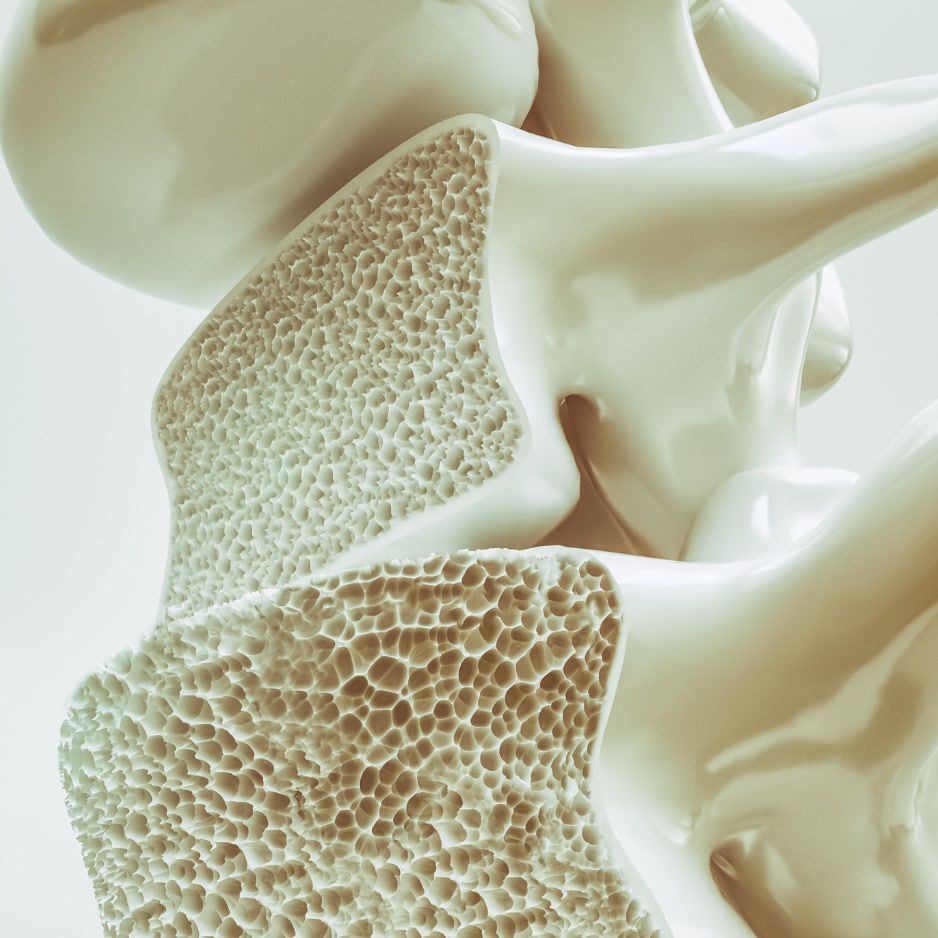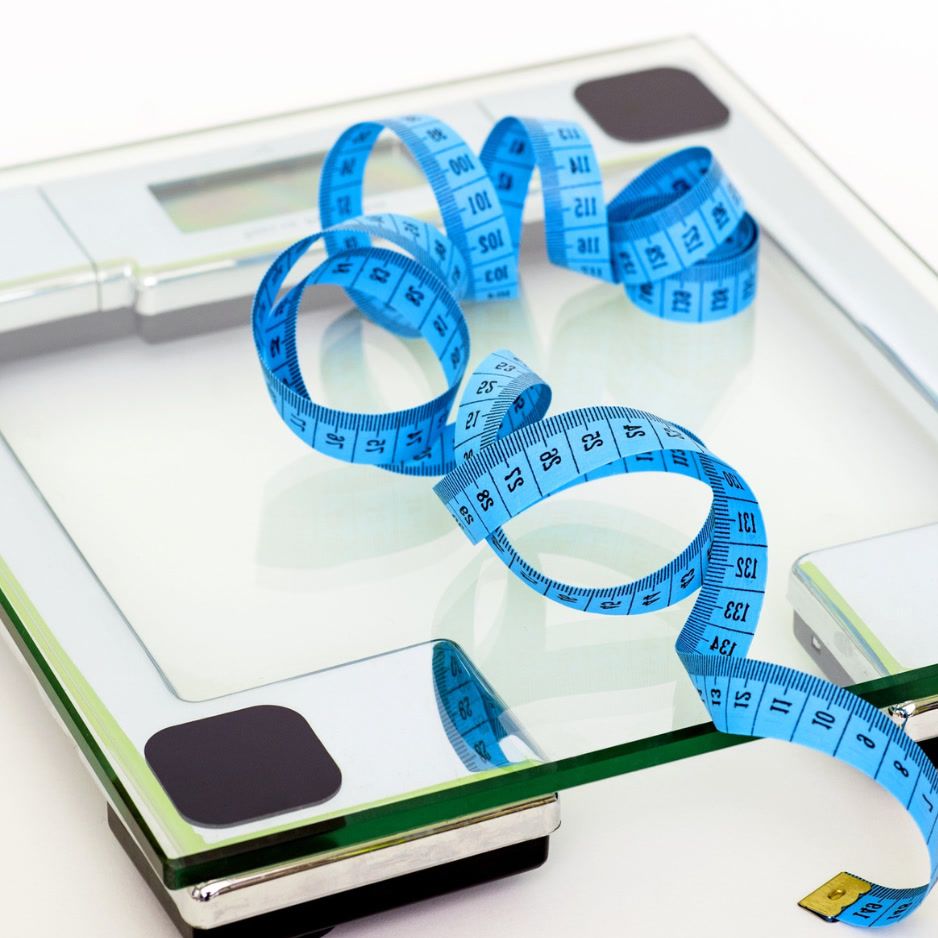How to Fix Muscle Imbalance in Legs: 3-Step Guide

How to Fix Muscle Imbalance in Legs: 3-Step Guide
Ever notice your right leg powering through squats while the left just tags along? Or watch your knee buckle inward on lunges? Those are classic signs of a leg muscle imbalance—most often an asymmetry between your left and right limbs. Imbalances can also happen front-to-back (think quad-dominant vs. hamstring-weak), but this guide concentrates on the side-to-side discrepancies that derail performance for many people.
Left unchecked, these discrepancies can lead to nagging pain, stalled performance, and a higher injury risk. The good news? A targeted plan can restore balance and prevent it from returning.
This guide offers a simple three-step framework to correct side-to-side leg asymmetries—and keep them from sneaking back.
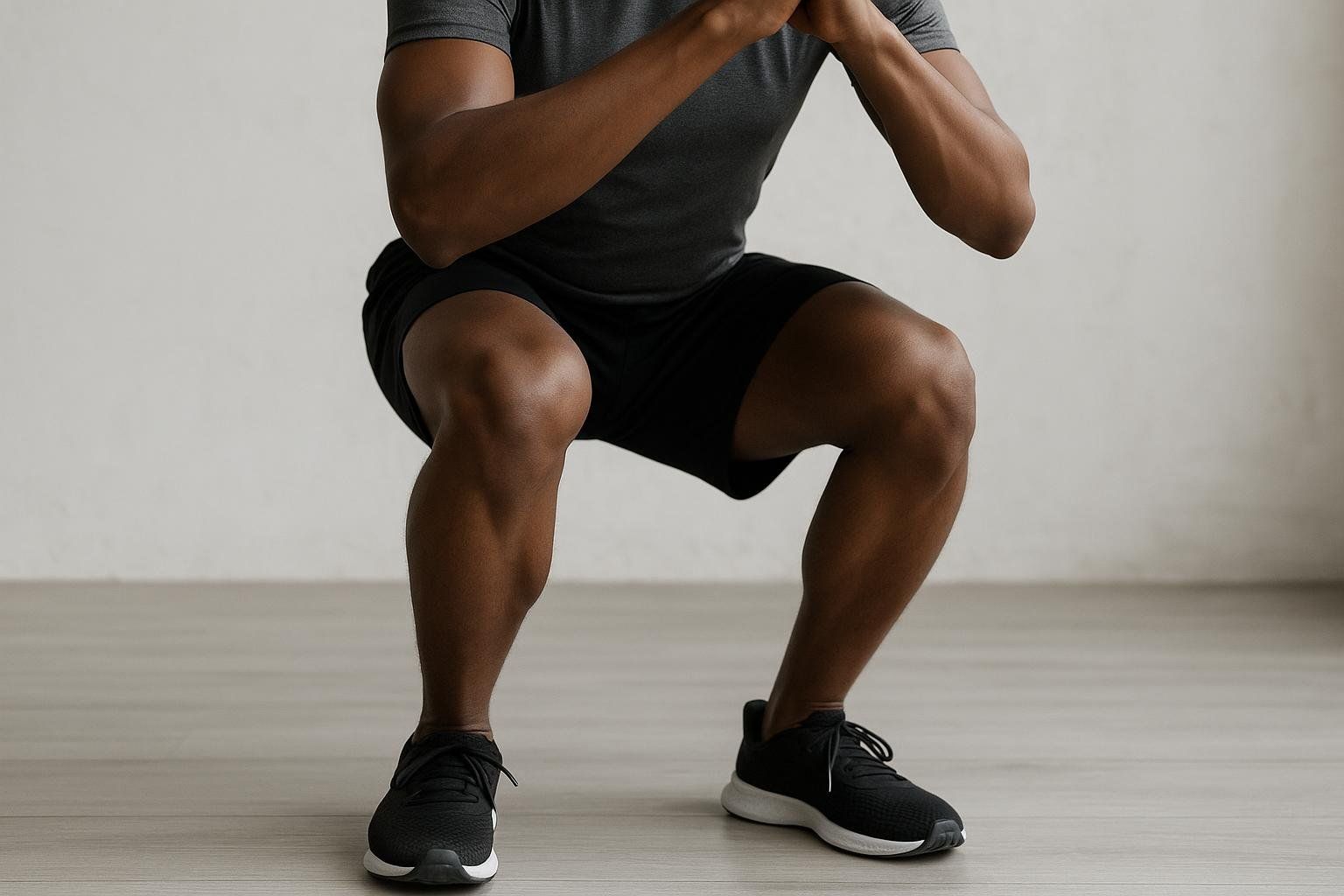
📊 Data-Driven Insight: A BodySpec DEXA scan measures lean muscle in each leg. Research in the Journal of Sports Science & Medicine shows that a side-to-side difference greater than 10–15 % often signals it’s time for corrective work.
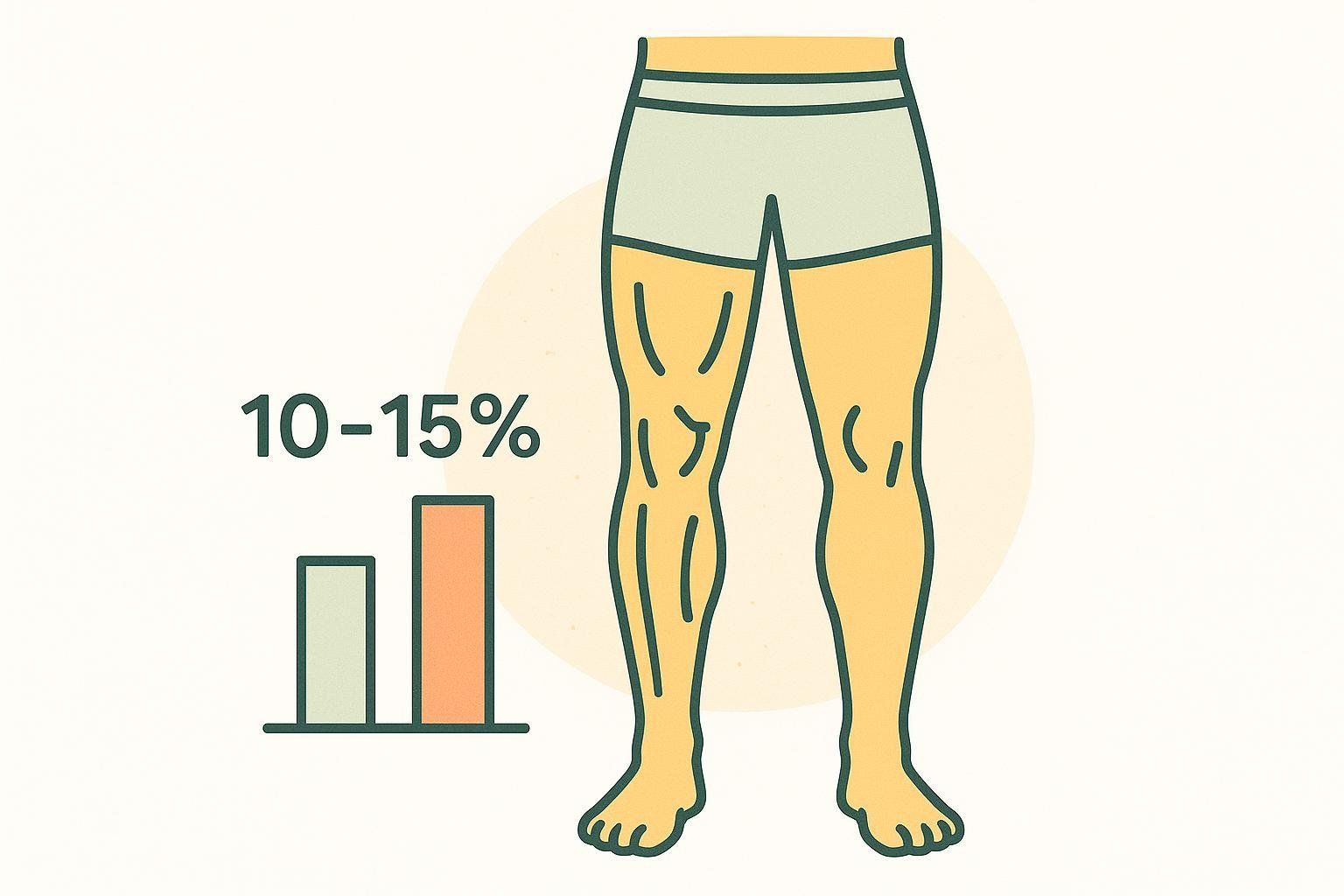
How to Spot a Leg Muscle Imbalance: 3 Quick Tests
Film yourself or use a mirror while performing the tests below; jot down anything that looks or feels off.
| Test | How to Do It | Red Flags | What It Likely Means |
|---|---|---|---|
| Single-Leg Squat | Stand on one leg with arms forward. Slowly lower your hips as if sitting in a chair. | Knee collapses inward, hip on free side drops, major stability gap between legs. | Weak or inhibited glute medius on the standing leg; overactive inner-thigh adductors/TFL. |
| Single-Leg Glute Bridge | Lie on your back with knees bent. Lift one foot; drive through the other heel to raise hips. | Hips tilt sideways; hamstrings or low back work harder than glutes; rep gap between legs. | Glutes under-recruit; hamstrings/hip flexors compensating. |
| Single-Leg Calf Raise | Stand on a step on one foot. Push through the ball of your foot to raise heel, then lower. | Large rep or height gap between legs. | Calf (gastrocnemius/soleus) strength or endurance asymmetry. |
3-Step Corrective Action Plan for Leg Symmetry
Fixing imbalances follows one clear flow: Release → Activate → Integrate. This process is part of a broader strategy detailed in our comprehensive guide to correcting muscle imbalances.
Step 1 – Release & Lengthen the Overactive Muscles
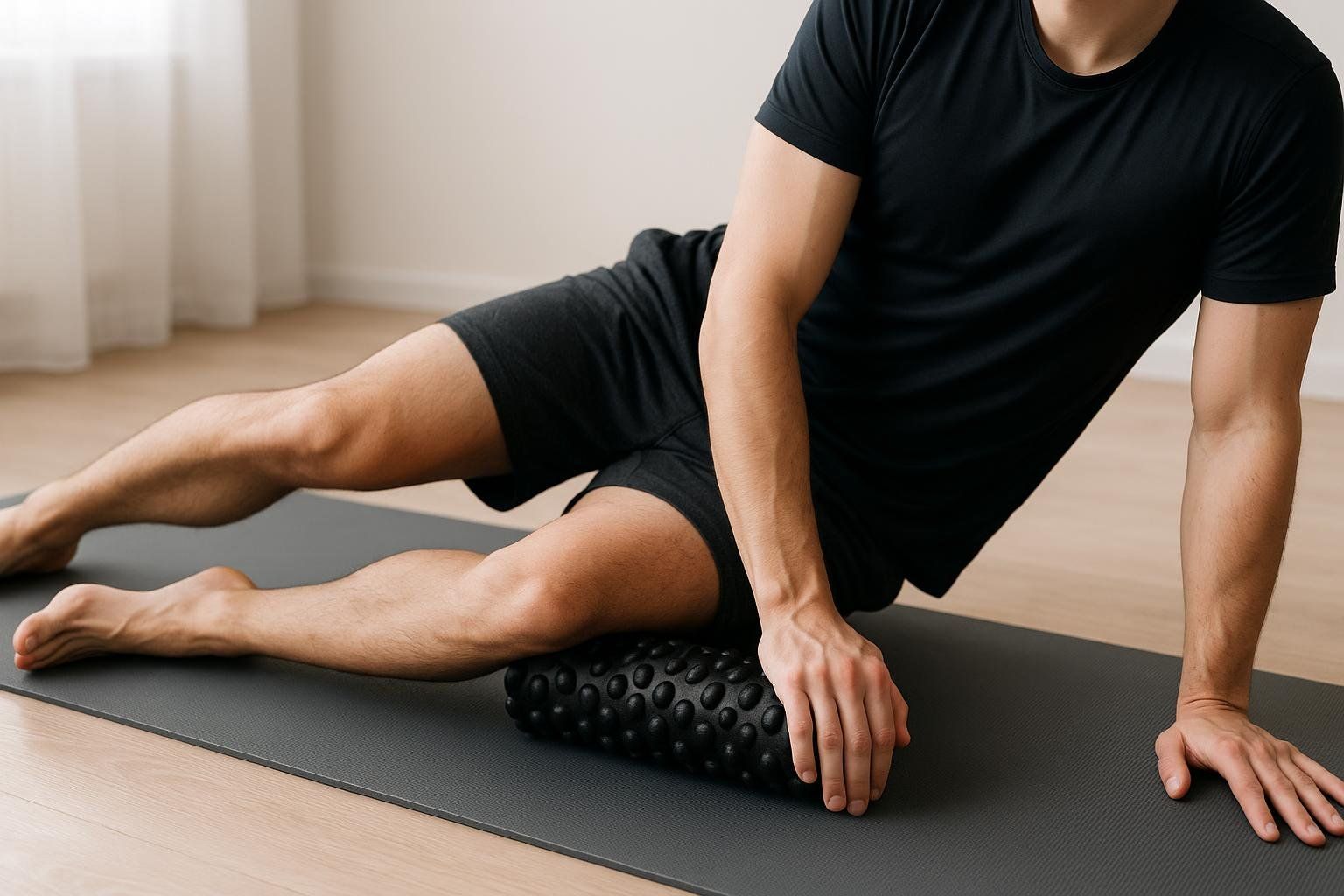
Spend 30–60 seconds per muscle group with a foam roller or massage ball, then hold a stretch for another 30 seconds. Base your soft-tissue work on what the tests revealed:
- Knee Caves Inward (Single-Leg Squat):
- Areas to foam-roll include the inner-thigh adductors and outer-hip tensor fasciae latae (TFL).
- Follow with a gentle standing adductor stretch.
- Hamstrings Dominate (Single-Leg Glute Bridge):
- Consider rolling the hamstrings and hip flexors.
- Finish with a kneeling hip-flexor stretch on each side.
- Calf Strength Gap (Single-Leg Calf Raise):
- Focus rolling on the tighter gastrocnemius/soleus of the over-performing side.
- Stretch both calves against a wall for 30 seconds each.
Need additional mobility ideas? Browse our mobility drill library.
Step 2 – Activate the Under-Active Muscles
These low-impact drills help re-establish the mind–muscle connection and strengthen underused muscles.
- Glute Bridge: 2–3 sets of 15–20 repetitions, pausing to squeeze the glutes at the top of each rep.
- Clamshell: 2–3 sets of 15–20 repetitions per side with a mini-band just above the knees.
- Side-Lying Adduction: 2–3 sets of 10–15 repetitions per side, lifting the bottom leg while keeping hips stacked.
Step 3 – Integrate & Strengthen with Unilateral Moves
Start every exercise on your weaker leg and match those reps on the stronger side.
- Bulgarian Split Squat: 3 sets of 8–12 reps per leg. Keep torso tall; drive through the front heel.
- Single-Leg Romanian Deadlift: 3 sets of 8–12 reps per leg. Maintain a flat back.
- Step-Up: 3 sets of 10–15 reps per leg, using a box high enough to challenge you while preserving form.
- Single-Leg Leg Press: 3 sets of 8–12 reps per leg. Control both lowering and lifting phases.
Corrective Plans for Your Goals
Runner
- Goal: Prevent hip and knee pain.
- Pre-run activation: Banded lateral walks plus 30-second single-leg balance holds.
- Strength block: Two weekly sessions of step-downs and single-leg RDLs.
Office Worker
- Goal: Ease back and knee discomfort from sitting.
- Daily mobility break: Kneeling hip-flexor stretch plus two sets of 20 glute bridges at lunch.
- Strength block: Step-ups and split squats twice a week, starting with the weaker leg.
Gym-Goer
- Goal: Aesthetic symmetry and balanced lifts.
- Programming tip: Begin unilateral work on the weaker leg and cap the stronger leg’s reps to match.
- Progress check: Book a BodySpec DEXA every 3–4 months to confirm the lean-mass gap is shrinking.
Measure Progress with DEXA
A DEXA scan turns “I think my squat feels better” into objective left-vs-right lean-mass data. Scan before and after a corrective cycle to verify your program is working.
👉 Book your BodySpec scan and let data steer your symmetry journey.
FAQ
How long to fix a leg imbalance? With 2–3 dedicated sessions per week, expect 4–8 weeks for better movement patterns and 3–6 months for measurable muscle changes.
Should I drop bilateral lifts like squats? Not entirely. Reduce load, focus on excellent form, and prioritize unilateral accessories. Ramp weight back up once symmetry improves.
Does DEXA diagnose injury? No. BodySpec provides non-diagnostic wellness scans. If you’re in pain, consult a healthcare professional and share your DEXA report as a data point.
Disclaimer: This content is for educational purposes only and is not a substitute for professional medical advice.
